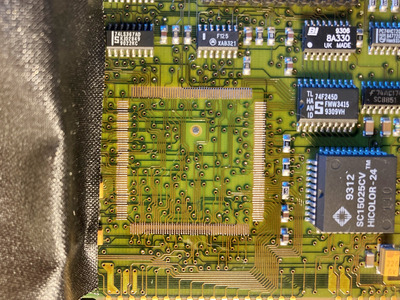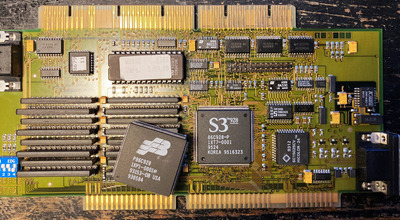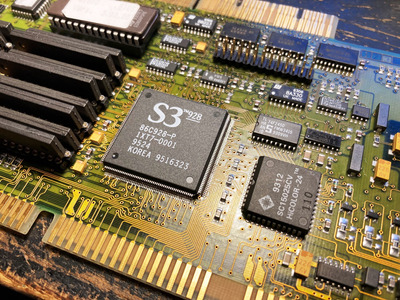First post, by majestyk
- Rank
- Oldbie
The ELSA "XHR Winner 1000" is a nice versatile card because you can use it on both EISA and ISA systems.
One of my two cards shows the following screens at startup:
This happens no matter if it´s plugged into an EISA or ISA slot. It´s also happening with both 1MB or 2MB video RAM. I swapped the BIOS chips - no difference.
When I launch speedsys, everything is displayed fine.
There seem to be certain rules at work, like when I type numbers: 0->0, 1->0, 2->0, 3->3, 4->4, 5->4, 6->4, 7->7, 8->8, 9->8.....


